What is Rewilding?
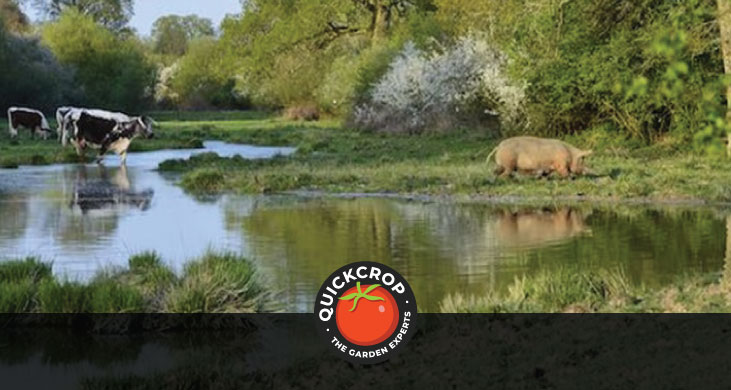
Rewilding is a somewhat complicated topic, suitably so for the complicated times that we live in.
In simple terms it describes a way of restoring ecological balance by lessening the grip that we humans have over nature, and allowing certain areas - large or small - to restore themselves as if we weren’t around making nuisances of ourselves.
In practice this can involve the careful reintroduction of apex predators, promoting native plant species, or encouraging natural processes and the self-regulating tendencies of the natural world.
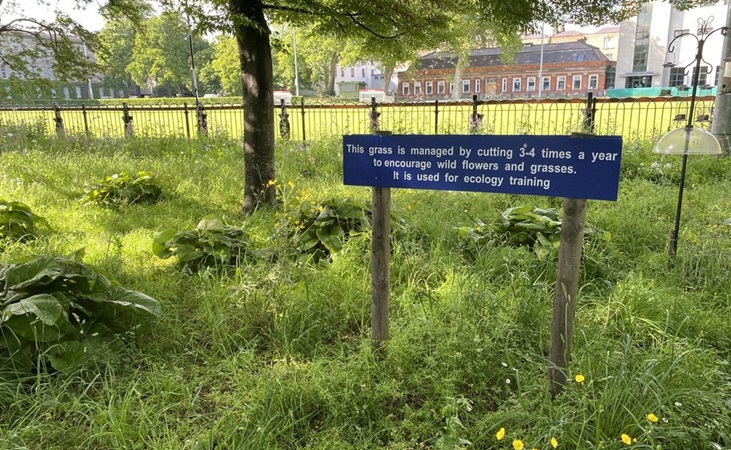
This all sounds very logical and nice, but rewilding also involves conflicting interests and vexing questions over ethics. Terms like ‘ecoterrorists’ are thrown around on one side, while on the other side people try to drive home the point that drastic times call for bold measures: we are running out of time, after all, to come up with some kind of solution to climate change and widespread biodiversity loss.
You’ll most likely have heard the term rewilding in relation to wolves. Throughout the centuries wolves have been hunted, eradicated or driven to the brink of extinction in many countries. In Ireland and the UK they disappeared so long ago that you might be surprised to know that they ever roamed our landscape.
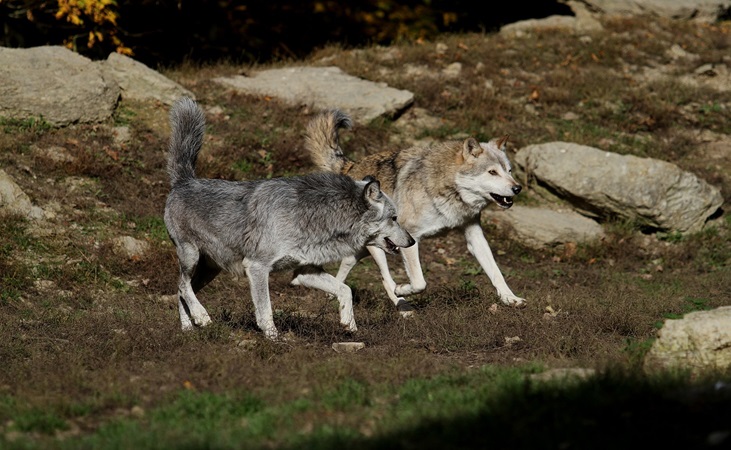
Whether due to protection, gradual reintroduction, or habitat restoration, wolf populations have bounced back in areas such as the French Alps, The Netherlands and Spain. Perhaps the most famous example of wolf reintroduction is that of Yellowstone National Park in the United States, which has captured the imagination of many and led to documentaries and viral videos galore.
The argument for their reintroduction - besides near-extinction being a generally bad thing - are that wolves (and other apex predators) play an important role in a balanced ecosystem. In Yellowstone wolves were thought to keep the populations of grazers such as elk in check, which in turn allowed beneficial vegetation to once again thrive, which in turn replenished habitat for all kinds of species. This can be referred to as a ‘trophic cascade’.
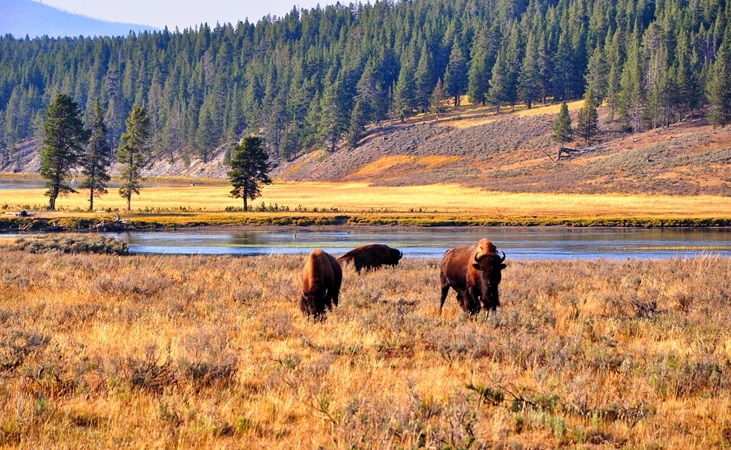
It’s worth noting that the traditional narrative around Yellowstone has been called into question more recently, with scientists and analysts arguing that the health of Yellowstone’s ecosystem stems from more nuanced and complex factors than wolves alone.
The concept of reintroducing wolves (which has been mooted for Scotland and Ireland in recent times) tends to lead to vocal opposition, with some people arguing that if wolves become too accustomed to humans we might see more fatal wolf attacks, as well as farmers concerned that their livestock will be at risk.
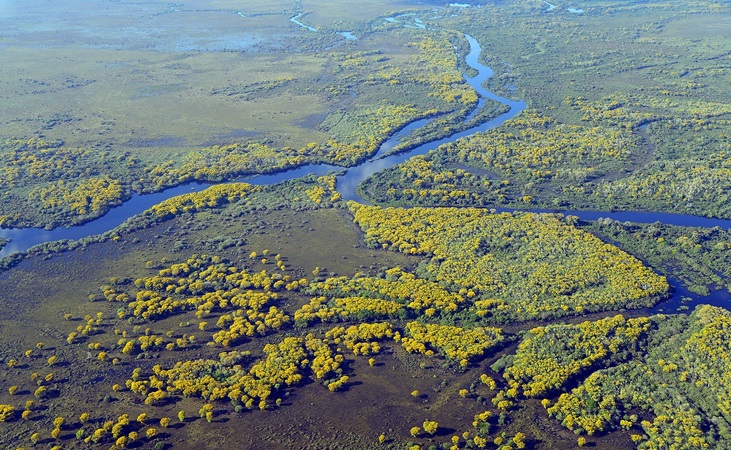
Rewilding and the Individual
When rewilding is in the headlines or news stories, it often relates to more ‘macro’ topics like the above, but rewilding can take place on a much smaller scale. There are an estimated 24 million gardens in the UK, for example, adding up to hundreds of thousands of hectares. Together, the spaces that we take care of have enormous potential in terms of wildlife-friendly habitat, landscape recovery and so on.
Most of us aren’t going to start covertly smuggling wolves into the country or beaver-bombing (indeed there is no evidence that beavers were ever present in Ireland in the first place, which means that they would technically be an invasive species if reintroduced). However there are a number of ways that you can apply the principles of rewilding to your garden or outdoor space. These methods can also be applied in urban spaces (‘urban rewilding’ is a subject all of its own) or as part of local community projects.

Blackthorn Bare Root Hedging Plants
View ProductFor example you can focus more on native plants which are suited to our climate and growing conditions; in turn this will have a very beneficial effect on pollinators and local wildlife. Allowing your lawn to grow longer and wilder in the spring might seem ‘wrong’ to us at first, but it allows native wildflowers to thrive.
Other small-scale rewilding methods include setting up a garden pond before allowing it to populate naturally, or providing suitable, durable nesting boxes for birds who have migrated long distances.

EasyPond 4500 Sunken Garden Pond Kit - 5m x 4m
View ProductWe will cover ‘Garden Rewilding’ in more detail in future blog posts, but for now this is just a brief overview of Rewilding and the ways it can work in practice. It can be a bit of a loaded term for many, and the reasons for this are understandable. Ultimately it is about helping the natural world and the ecosystem to recover where possible, and attempting to live more sustainably.
Photo #2: Mgracegs, Flickr, Creative Commons 4.0
Wildlife Crossing Photo: m01229, Wikimedia Commons, 2.0



